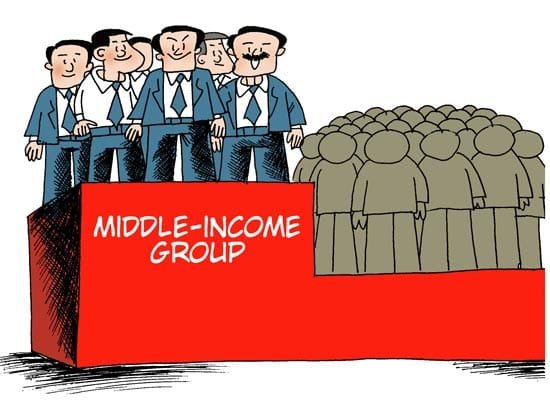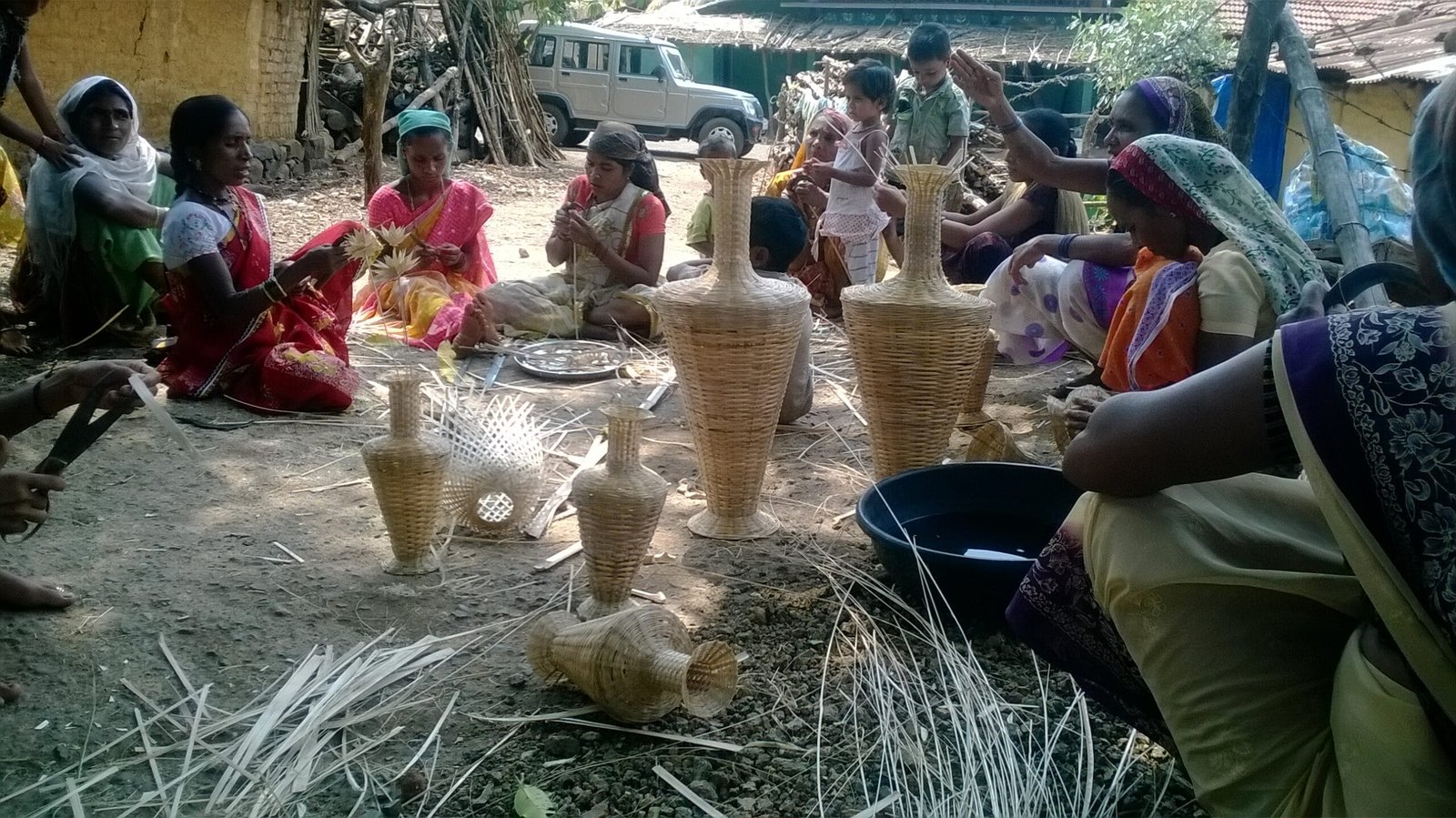When we hear the term middle-income group, many people instantly imagine government employees, small shopkeepers, or modest business owners. But this narrow picture doesn’t capture the full reality. The middle-income group is broad, diverse, and defined not only by occupation but also by income levels and lifestyle markers.
To understand who belongs to this category, we must first look at how domestic (India, for example) and international standards define middle-income.
Defining Middle-Income Group
- International Standard (World Bank Classification)
The World Bank classifies economies (and individuals by extension) using per capita Gross National Income (GNI) measured in US dollars:
Low-income: $1,145 or less per year per person.
Lower-middle income: $1,146 – $4,515 per year per person.
Upper-middle income: $4,516 – $14,005 per year per person.
High-income: $14,006 and above.
👉 So, an individual earning roughly between $1,146–$14,005 annually (₹95,000 – ₹11.5 lakh approx., at current exchange rates) falls under the middle-income bracket.
- Domestic Standard (India Example)
In India, income groups are often defined in government schemes, taxation policies, and housing programs. One widely used categorization is:
Economically Weaker Section (EWS): Annual household income up to ₹3 lakh.
Lower Income Group (LIG): ₹3 lakh – ₹6 lakh.
Middle Income Group I (MIG-I): ₹6 lakh – ₹12 lakh.
Middle Income Group II (MIG-II): ₹12 lakh – ₹18 lakh.
High-Income Group (HIG): Above ₹18 lakh.
👉 This means in India, a household earning ₹6–18 lakh annually is considered middle income.
Breaking the Myth: Not Just Small Business Owners or Government Employees
Traditionally, middle-income groups have been thought of as clerks, school teachers, government staff, or small business owners. But today, the middle-income group includes a far wider range of occupations:
- Salaried Private-Sector Employees – IT staff, nurses, teachers, accountants, call center workers.
- Skilled Self-Employed Workers – Mechanics, electricians, drivers, photographers, beauticians.
- Small and Medium Entrepreneurs – Shopkeepers, café owners, taxi operators, contractors.
- Gig Economy Workers – Freelancers, delivery partners, app-based cab drivers, online tutors.
Characteristics of the Middle-Income Group
Moderate but steady income: Enough for decent living but not luxury.
Lifestyle indicators: Owning/renting a modest home, sending children to school or college, having a two-wheeler or entry-level car.
Savings & aspirations: Investments in LIC, SIPs, or property with hopes of upward mobility.
Social role: Seen as the stabilizing “backbone” of society.
Challenges Faced by the Middle-Income Group
- Rising costs of education, healthcare, and housing.
- Job insecurity, especially in private and informal work.
- Debt pressure, as aspirations often exceed income.
- Policy neglect, since welfare schemes focus more on the poor or very rich.
Why They Matter
The middle-income group drives consumption, taxation, and economic stability. They aspire, save, invest, and form the bridge between poverty and prosperity. Without them, the economy loses its backbone.
Middle income is not just a salary scale or a job title—it is a way of life defined by domestic thresholds and global standards. In India, this means households earning ₹6–18 lakh annually, while globally it spans $1,146–$14,005 per person per year.
They are not limited to clerks or shopkeepers but include freelancers, nurses, drivers, teachers, gig workers, and entrepreneurs. Recognizing their diversity is vital, both for breaking stereotypes and for designing fair policies that support their growth and stability.












